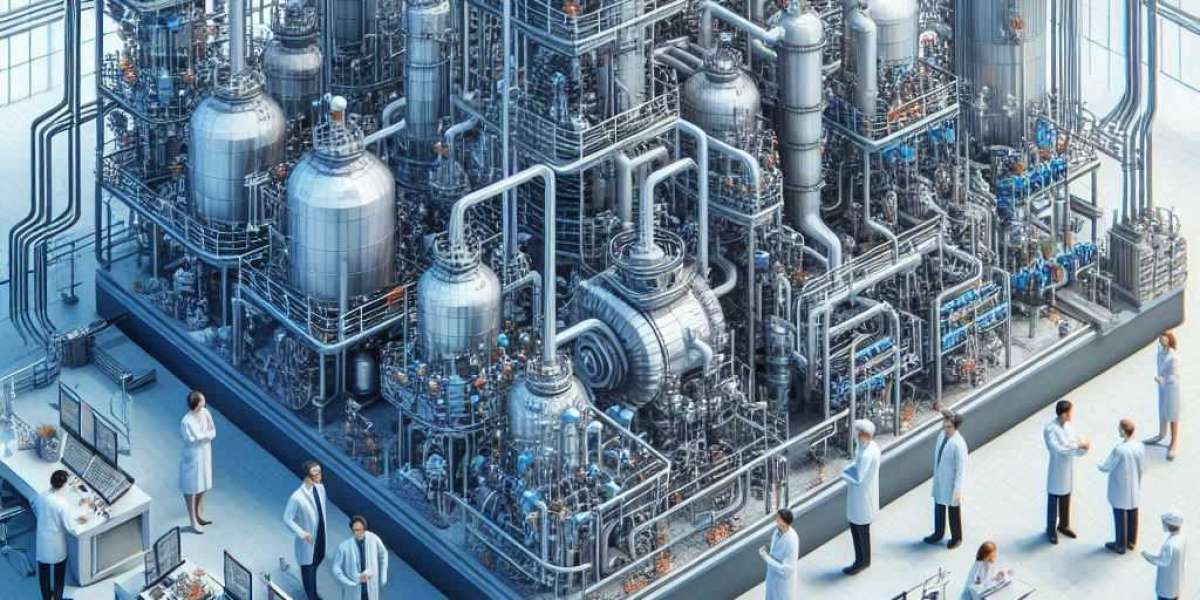Rainfall machines, also known as rain simulators, have become vital tools in various fields, including agriculture, environmental science, and engineering. They offer precise, controllable artificial rain, allowing scientists, researchers, and students to simulate natural rain conditions for their studies and experiments. In this article, we’ll explore the fundamentals ofrainfall machine, their benefits, applications, and the essential role companies like Armfield play in developing this technology.
What is a Rainfall Machine?
A rainfall machine, or rain simulator, is an advanced device designed to mimic natural rainfall by distributing water droplets over a controlled area. The machine’s design includes mechanisms for adjusting rainfall intensity, droplet size, distribution pattern, and timing, which are critical for replicating various rain conditions. By adjusting these variables, rainfall machines help simulate different rain patterns, ranging from light showers to heavy storms.
Why Use a Rainfall Machine?
Rainfall machines have multiple benefits, making them indispensable in scientific and practical applications. These benefits include:
- Controlled Environment
Unlike natural rainfall, a rainfall machine provides complete control over water distribution. This control helps researchers replicate specific weather scenarios, facilitating repeatable experiments that yield consistent and reliable results.
- Cost Efficiency
Fieldwork in natural environments can be costly and time-consuming. Rainfall machines allow researchers to conduct studies in a controlled setting, eliminating the need for extensive travel and resource expenses associated with field studies.
- Enhanced Precision
With precise settings, rainfall machines can simulate rain down to the millimeter. This precision is essential for understanding how rainfall impacts soil erosion, crop yield, and water runoff. Machines produced by companies like Armfield are known for their high precision and reliability in delivering consistent rain simulations.
Key Components of a Rainfall Machine
Rainfall machines contain several essential components to create realistic rain patterns:
- Water Pump: The heart of a rainfall machine, the pump controls the water pressure and flow rate, enabling the adjustment of rainfall intensity.
- Sprinkler System: The sprinkler, or nozzle system, determines the size and distribution of droplets. Different nozzle designs can produce fine mist or larger droplets to simulate various rainfall types.
- Flow Control Valve: This component adjusts water flow to achieve the desired rainfall rate, from light rain to intense showers.
- Control Panel: The control panel allows users to configure settings, monitor performance, and adjust variables such as water pressure, timing, and droplet size.
Together, these components allow rainfall machines to closely replicate natural rain patterns, making them valuable tools for a range of studies.
Applications of Rainfall Machines
The versatility of rainfall machines opens up numerous applications in different fields. Here are some key areas where rainfall machines have proven beneficial:
- Agriculture Research
Agricultural researchers use rainfall machines to study how various rain intensities affect soil moisture, crop growth, and nutrient absorption. These insights help farmers optimize irrigation and prepare for extreme weather conditions, ultimately enhancing crop resilience and yield.
- Soil Erosion Studies
Rainfall machines are invaluable for studying soil erosion. By simulating heavy rainfall on different soil types, researchers can analyze how quickly erosion occurs under certain conditions. This knowledge helps in developing soil conservation strategies to combat erosion and maintain land productivity.
- Hydrology and Water Management
Water management professionals use rainfall machines to study how water moves across landscapes. Understanding water flow patterns is crucial for flood control, drainage design, and erosion prevention. Rainfall simulations provide data to design effective water management systems.
- Environmental Science and Climate Studies
Environmental scientists use rainfall machines to simulate changing rainfall patterns and analyze their effects on ecosystems. Rainfall studies also help researchers predict the impacts of climate change on biodiversity, soil health, and plant life.
- Educational Use
Rainfall machines are used in educational institutions to help students understand weather patterns, erosion processes, and hydrological cycles. By experiencing controlled rain simulations, students gain hands-on experience in climate and environmental studies.
Types of Rainfall Machines
There are several types of rainfall machines, each designed for specific applications and requirements. Here are some of the most common types:
- Portable Rainfall Machines
Portable models are smaller and can be transported to various locations. They are ideal for educational purposes and small-scale research.
- Stationary Rainfall Machines
Stationary rainfall machines are larger, fixed setups commonly used in laboratories and research facilities. These machines offer greater control over rainfall parameters, making them suitable for complex studies in hydrology and soil science.
- Multi-Nozzle Systems
These systems feature multiple nozzles, allowing for more extensive and varied rain distribution. They are ideal for larger experimental areas and can simulate a range of rainfall intensities within the same space.
- Customized Rainfall Machines
Some companies, like Armfield, offer customized rainfall machines tailored to meet the specific needs of research projects. These custom machines allow users to experiment with a wider range of rainfall patterns and intensities, providing more flexibility for specialized studies.
How Armfield Contributes to Rainfall Machine Technology
Armfield is a leader in developing rainfall machines for educational and research purposes. Known for its precision engineering and innovative designs, Armfield produces high-quality rainfall machines that offer superior control, durability, and accuracy. Researchers and institutions worldwide rely on Armfield’s machines to conduct accurate and reliable experiments, making them a trusted name in this field.
Advantages of Armfield Rainfall Machines
Armfield machines stand out for several reasons:
- High Precision: Armfield designs its machines with cutting-edge technology, allowing for fine-tuned adjustments that enable precise rain simulations.
- User-Friendly Design: Armfield’s machines are equipped with intuitive control panels, making it easy for users to configure settings and conduct experiments.
- Durability: Built with high-quality materials, Armfield machines are designed to withstand rigorous usage in laboratories and fieldwork.
With these advantages, Armfield has become a go-to choice for research institutions, universities, and scientists who need reliable rainfall simulation equipment.
The Future of Rainfall Machines
As climate change continues to affect global weather patterns, the importance of rainfall machines will only increase. Researchers are now exploring advanced versions of rainfall machines that can simulate more complex weather phenomena, such as thunderstorms and varying wind conditions. By developing these next-generation machines, scientists hope to improve our understanding of how climate change will impact ecosystems, agriculture, and water resources.
Potential Advancements
Some of the anticipated advancements in rainfall machine technology include:
- Integration with Artificial Intelligence (AI): AI could help machines automatically adjust rainfall intensity and duration based on real-time data, making simulations even more accurate.
- Enhanced Customization: Future machines may offer a broader range of settings, including temperature and humidity controls, allowing researchers to simulate diverse weather scenarios.
- Environmental Applications: In addition to research, rainfall machines could be used to aid in reforestation projects, helping newly planted areas receive controlled water without relying solely on unpredictable natural rainfall.
rainfall machine have transformed the way we study water-related processes and understand environmental impacts. From soil erosion studies to advanced agricultural research, these machines offer invaluable insights that help scientists develop more sustainable practices. Companies like Armfield have played a pivotal role in refining rainfall machine technology, creating devices that meet the high demands of modern research and education. As this technology continues to evolve, we can expect rainfall machines to become even more essential in addressing pressing environmental and agricultural challenges.







